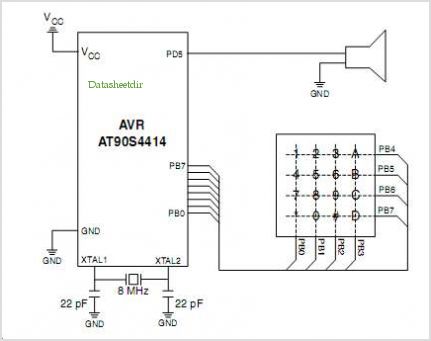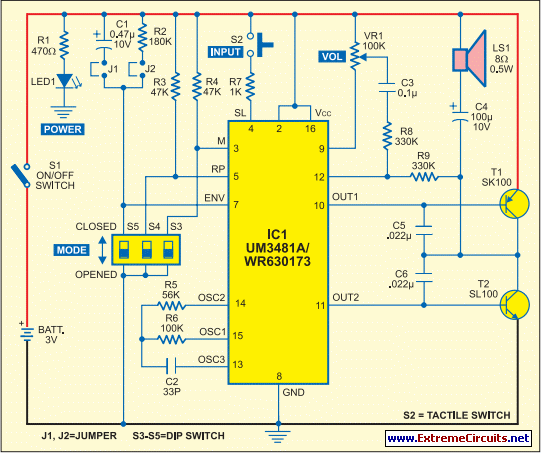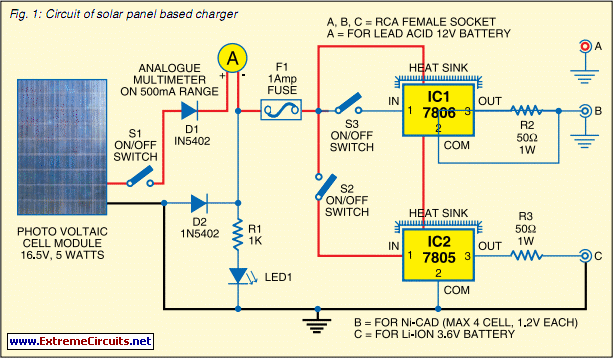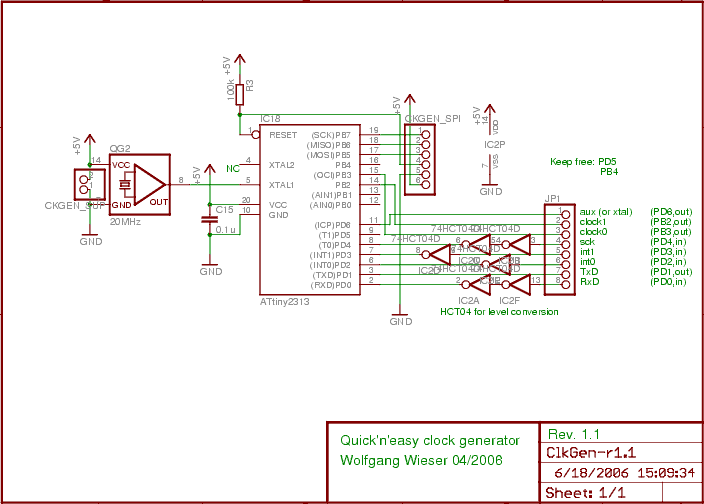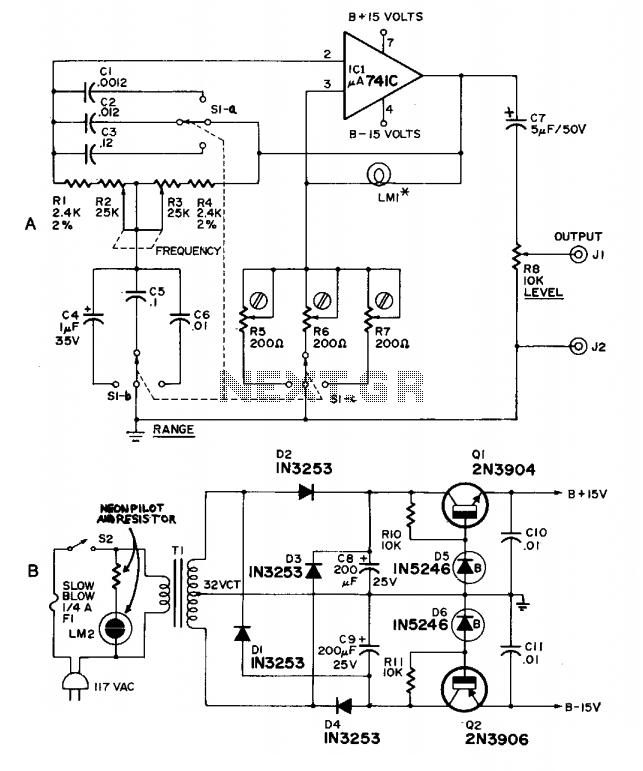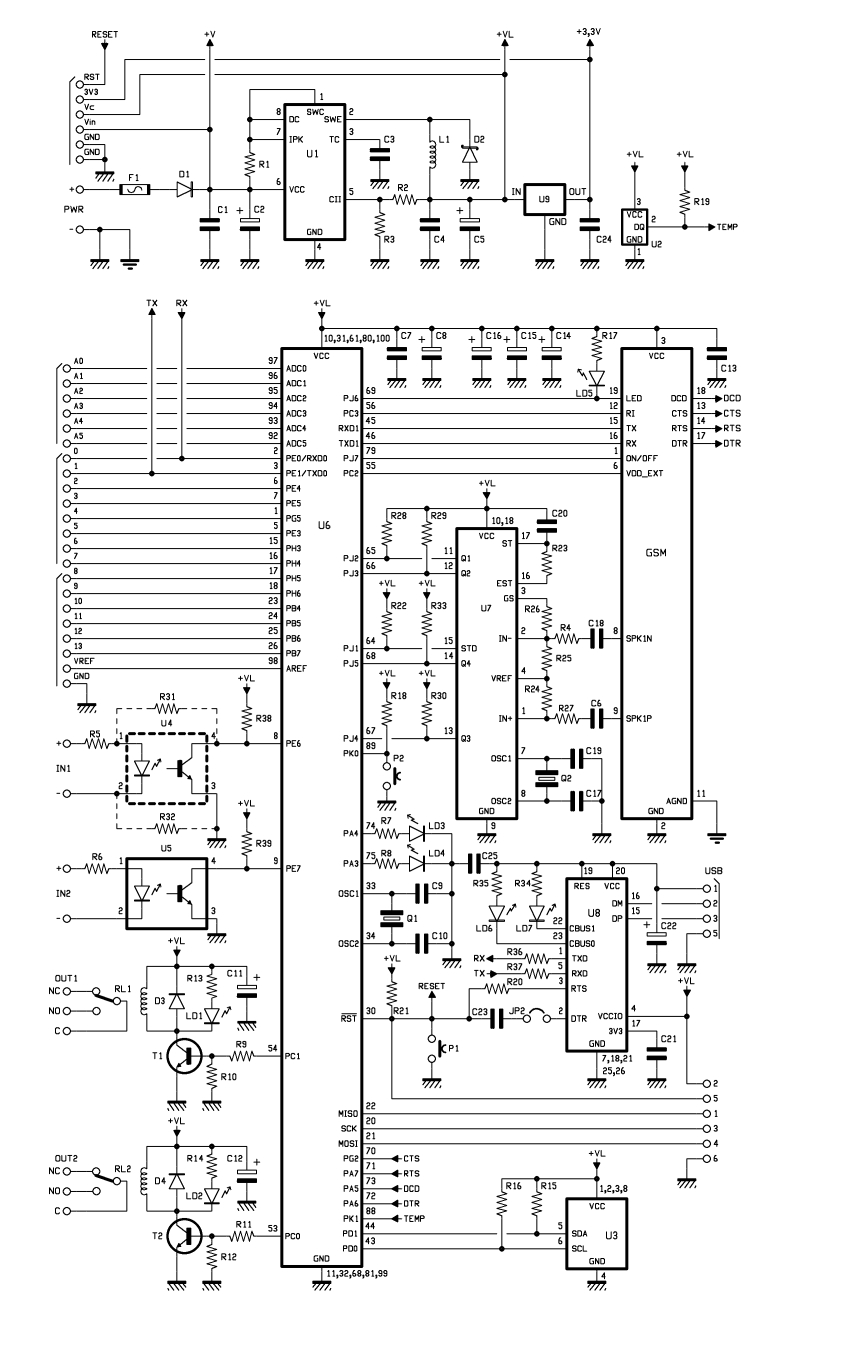
CMOS Un-Buffered Inverter based Sine / Square Generator
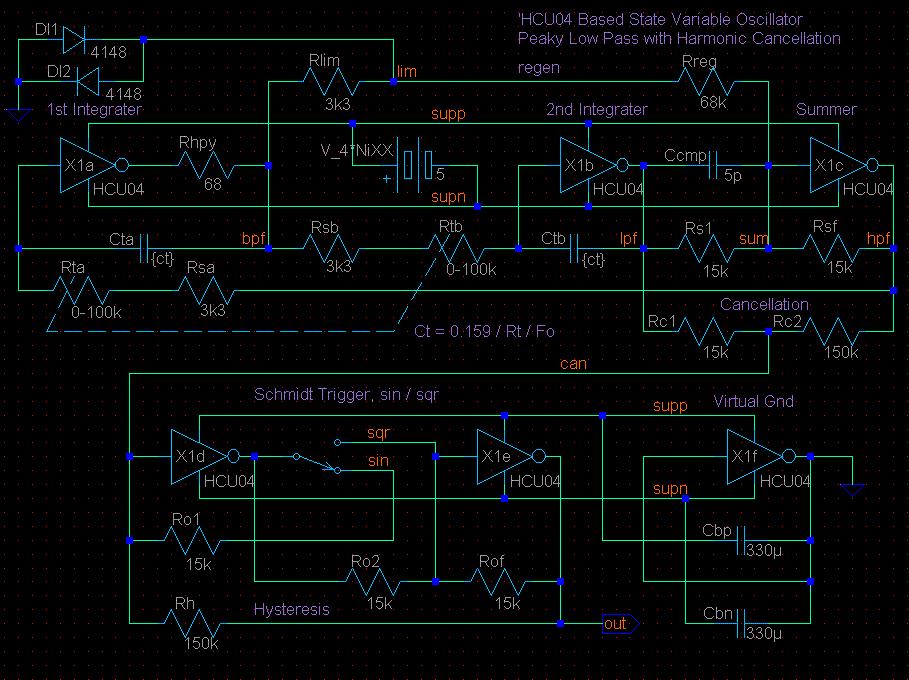
This circuit is based on the State Variable Band Pass Filter, incorporating amplitude-limited regenerative feedback.
The State Variable Band Pass Filter (SVBPF) is a versatile filter design that allows for simultaneous control over the center frequency, bandwidth, and gain. This filter typically consists of operational amplifiers, resistors, and capacitors arranged to create a feedback loop that enhances specific frequency components while attenuating others. The addition of amplitude-limited regenerative feedback introduces a mechanism to stabilize the gain and improve the filter's performance by preventing distortion and signal clipping.
In this configuration, the filter operates by passing signals within a designated frequency range while rejecting frequencies outside this range. The center frequency can be adjusted by varying the values of resistors and capacitors in the circuit. The bandwidth, which defines the range of frequencies that can pass through the filter, can also be manipulated, allowing for precise tuning to the desired application.
The amplitude-limited regenerative feedback serves to enhance the filter's response to signals within the passband. By feeding back a portion of the output signal to the input, the circuit can achieve higher gain levels without risking distortion associated with excessive input signals. This feedback mechanism is crucial in applications where signal integrity is paramount, such as in audio processing or communication systems.
Overall, the design of the State Variable Band Pass Filter with amplitude-limited regenerative feedback is suitable for various applications, including signal processing, audio engineering, and electronic instrumentation, where selective frequency amplification and stability are required. The careful selection of components and configuration of the feedback loop are essential for optimizing performance and achieving the desired filtering characteristics.Based on the State Variable Band Pass Filter, with amplitude limited regenerative feed back. 🔗 External reference
The State Variable Band Pass Filter (SVBPF) is a versatile filter design that allows for simultaneous control over the center frequency, bandwidth, and gain. This filter typically consists of operational amplifiers, resistors, and capacitors arranged to create a feedback loop that enhances specific frequency components while attenuating others. The addition of amplitude-limited regenerative feedback introduces a mechanism to stabilize the gain and improve the filter's performance by preventing distortion and signal clipping.
In this configuration, the filter operates by passing signals within a designated frequency range while rejecting frequencies outside this range. The center frequency can be adjusted by varying the values of resistors and capacitors in the circuit. The bandwidth, which defines the range of frequencies that can pass through the filter, can also be manipulated, allowing for precise tuning to the desired application.
The amplitude-limited regenerative feedback serves to enhance the filter's response to signals within the passband. By feeding back a portion of the output signal to the input, the circuit can achieve higher gain levels without risking distortion associated with excessive input signals. This feedback mechanism is crucial in applications where signal integrity is paramount, such as in audio processing or communication systems.
Overall, the design of the State Variable Band Pass Filter with amplitude-limited regenerative feedback is suitable for various applications, including signal processing, audio engineering, and electronic instrumentation, where selective frequency amplification and stability are required. The careful selection of components and configuration of the feedback loop are essential for optimizing performance and achieving the desired filtering characteristics.Based on the State Variable Band Pass Filter, with amplitude limited regenerative feed back. 🔗 External reference
